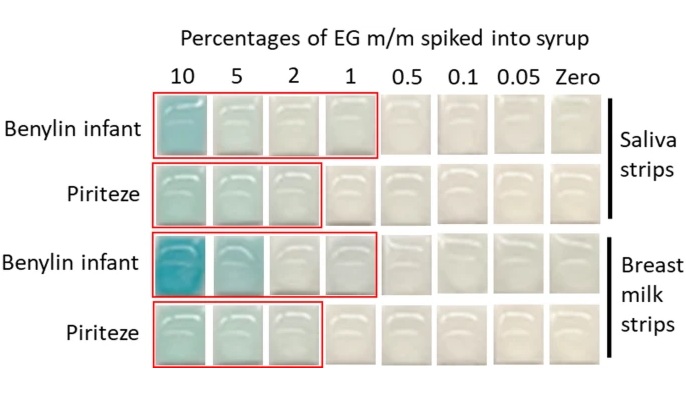New Molecular Sensor Enables Fluorescence Imaging for Assessing Sarcoma Severity
Posted on 13 Sep 2024
Sarcoma is a diverse group of cancers that originates in soft tissues. Due to their heterogeneous nature, quantitatively assessing the severity and metastasis of sarcomas in clinical pathology has been challenging, complicating diagnosis and prognosis monitoring. Moreover, conventional cancer stem cell (CSC) markers often exhibit overexpression in heterogeneous malignancies, making it difficult to identify and isolate CSCs within tumor cells. Researchers have now discovered a new candidate marker for determining the severity and metastasis of sarcoma and have developed a molecular sensor that enables fluorescence imaging targeting this marker.
A research team at Korea University College of Medicine (Seoul, South Korea) found a correlation between the expression of the conventional CSC marker CD44 and the prostaglandin synthesis network. They observed that Cyclooxygenase (COX) expression showed statistical specificity across different sarcomas. Building on these findings, the researchers designed two fluorescent probes, BD-IMC-1 and BD-IMC-2, which target COX enzymes and activate fluorescence upon disaggregation. This innovative approach allows for the visualization of CSCs within sarcoma tissues. Specifically, they linked BODIPY fluorescent molecules to the COX inhibitor indomethacin, creating molecules that induce self-aggregation of nanostructures and remain in a quenched fluorescent state in aqueous solutions. These molecules exhibit sensitive fluorescence only when bound to COX enzymes, functioning as chemosensors.

By employing COX inhibitors and fluorescent structures to disaggregate fluorescent molecules, they developed an imaging sensor that activates fluorescence. In the process, they also identified new candidate markers, indicating the need for further systematic research on the correlation between COX expression and CSC expression within sarcoma tissues. Previously, imaging molecules targeting COX enzymes induced changes in fluorescence characteristics at the single-molecule level to visualize COX enzymes. However, this study is the first to report imaging target proteins in fixed clinical samples based on the fluorescence characteristics resulting from structural changes in fluorescent multicomplexes. The research findings were published as the cover article in the international scientific journal Angewandte Chemie.
"The newly developed fluorescent molecular sensor does not rely on changes in fluorescence characteristics at the single-molecule level but utilizes the self-aggregated state and characteristics of multiple molecules, making it effective in complex samples such as biological tissues," said Professor Jun-Seok Lee from the Department of Pharmacology. "This research represents a new strategy for developing imaging sensors for various biological targets, contributing to the development of imaging-based diagnostic and prognostic monitoring techniques for sarcoma."
Related Links:
Korea University College of Medicine














